Learning About The Weather - A Gail Gibbons Notebook Companion™
Get ready to explore the fascinating world of weather with Learning About the Weather. There’s no prep-work or planning needed. Just get a copy of Weather Words and What They Mean (sold separately) and Learning About the Weather, and dive in!
The book and publisher-approved Notebook Companion™ look at words related to temperature, air pressure, moisture, wind, types of clouds, rain, types of rainstorms, types of snowstorms, types of windy weather, and more. They’ll also see how the sun and the seasons play a role in our temperatures as well as what kinds of weather various types of clouds mean.
Students will practice written narration as they answer our open-ended questions about what they are learning. They’ll get to draw, sketch, and label various illustrations of different types of weather. Bonus coloring pages are also included!
Students will learn the meaning of words such as:
- temperature
- air pressure
- high pressure
- low pressure
- moisture
- humidity
- dew
- frost
- vapor
- cumulus clouds
- cirrus clouds
- stratus clouds
- cirrocumulus clouds
- cirrostratus clouds
- nimbostratus clouds
- altostratus clouds
- stratocumulus clouds
- altocumulus clouds
- cumulonimbus clouds
- fog
- drizzle
- shower
- rain
- rainstorm
- flood
- thunderstorm
- lightning
- rainbow
- flurries
- sleet
- snow
- snowstorm
- blizzard
- hail
- wind
- gale
- hurricane
- tornado
- air mass
- front
This beginner’s notebook is a great way to introduce kids to the idea and practice of notebooking, and you can customize it as much as you wish. It’s completely flexible, allowing for use with very young children through middle elementary grades.
Weather Words and What They Mean by Gail Gibbons
Our publisher-approved Notebook Companion™ accompanies Weather Words and What They Mean by Gail Gibbons.
Gail Gibbons introduces weather to children in this colorful book full of fascinating weather facts. Students will learn all sorts of weather terms and what they mean. They will also enjoy the drawings and diagrams that explain it all visually.
Weather Words and What They Mean is a required book for our Notebook Companion™ and is sold separately. Weather Words and What They Mean by Gail Gibbons is available at the publisher’s website or anywhere books are sold.
Beginner’s Notebook Companion™
This beginner’s notebook is a great way to introduce kids to the idea and practice of notebooking, and you can customize it as much as you wish. It’s completely flexible, allowing for use with very young children through middle elementary grades.
If you want to teach this topic to your students in grades 3 and up or exand upon it, check out our Weather Notebook Companion™ for Master’s Books The New Weather Book.
Other Notebook Companions™ in the Gail Gibbons Series
-
*Digital Product
-
*Digital Product
-
*Digital Product
-
*Digital Product
-
*Digital Product
-
*Digital Product
-
*Digital Product
-
*Digital Product
-
*Digital Product
-
*Digital Product
-
*Digital Product
-
*Digital Product
-
*Digital Product
-
*Digital Product
-
*Digital Product
-
*Digital Product
-
*Digital Product
-
*Digital Product
-
*Digital Product
-
*Digital Product


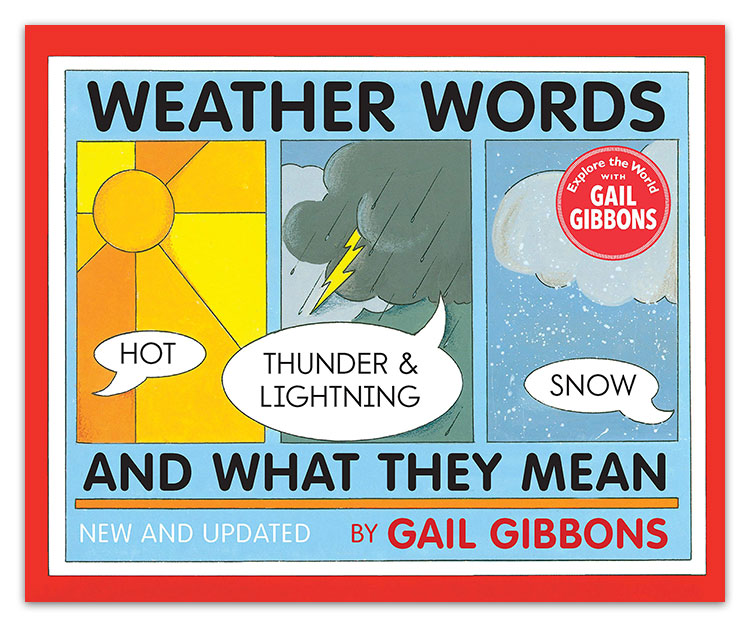
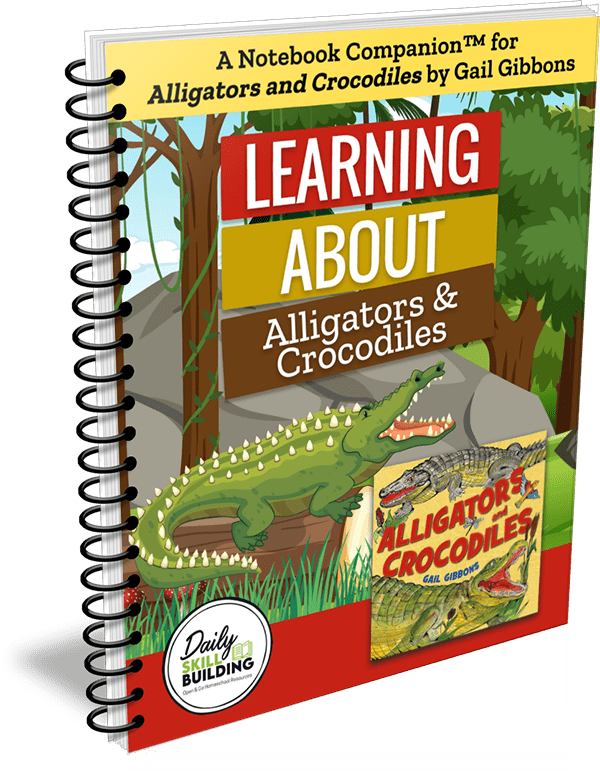
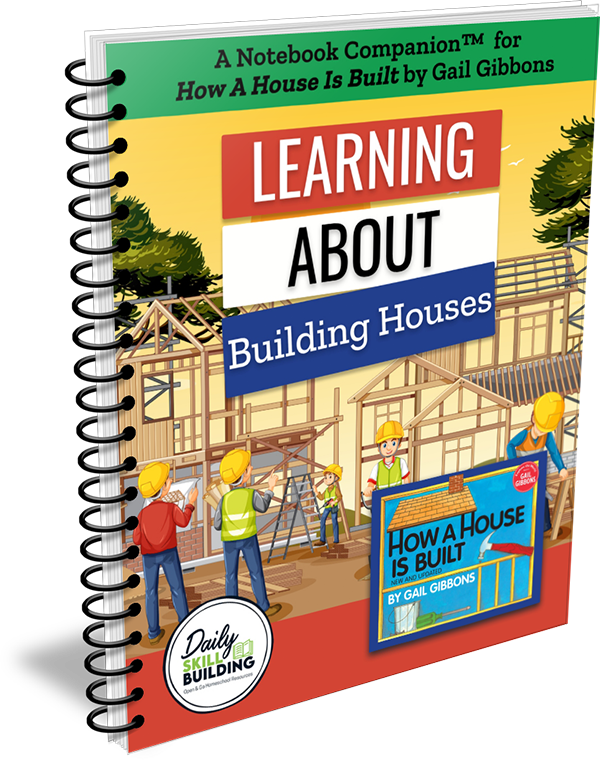
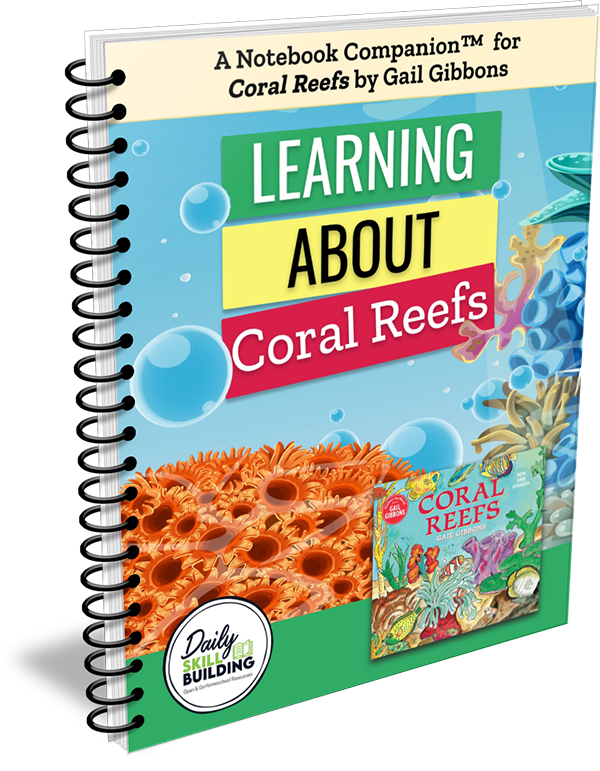
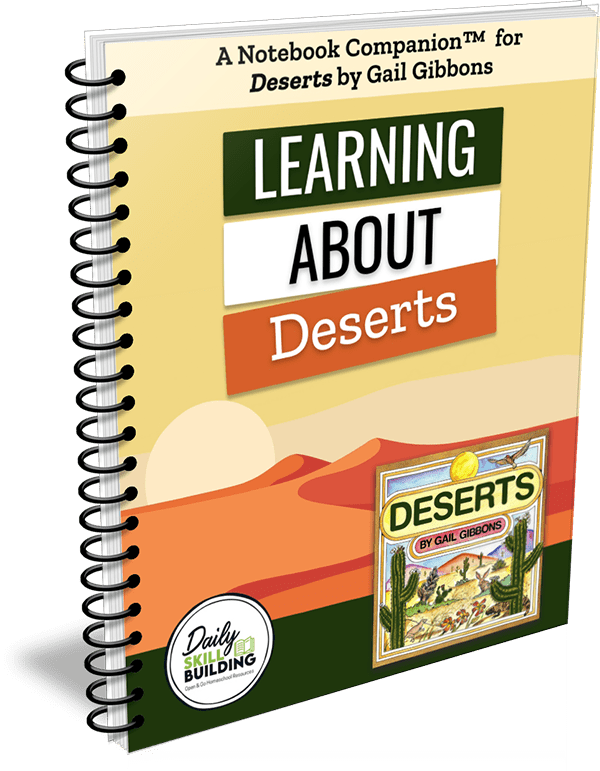
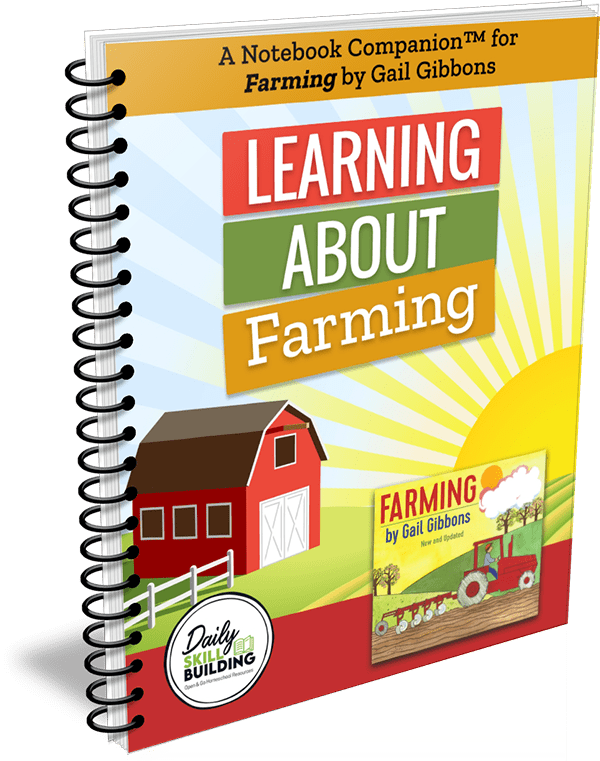

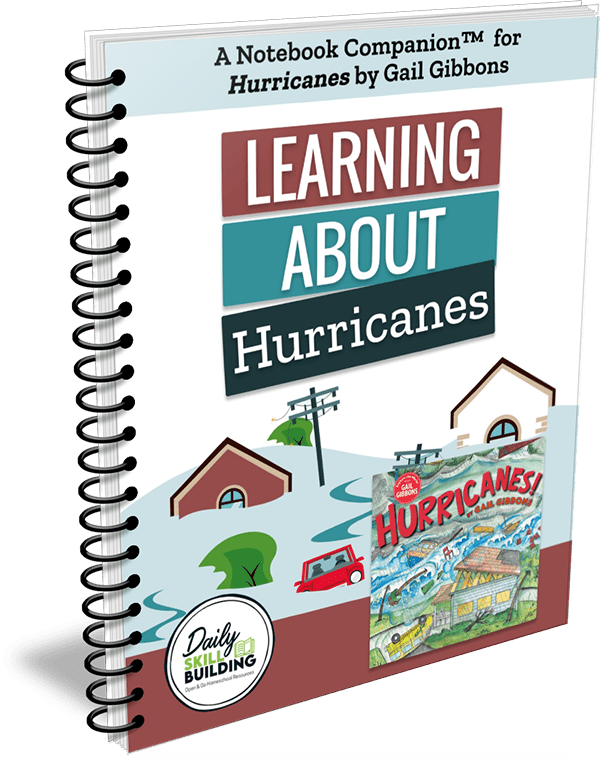
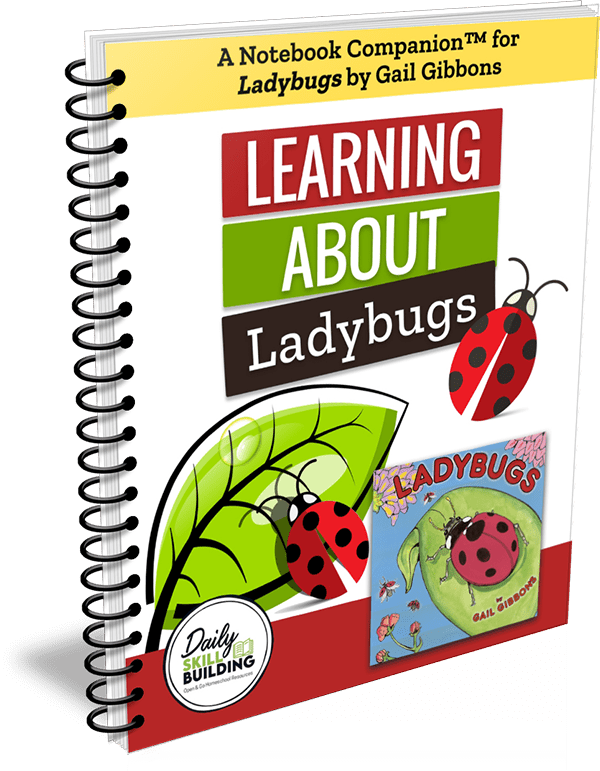
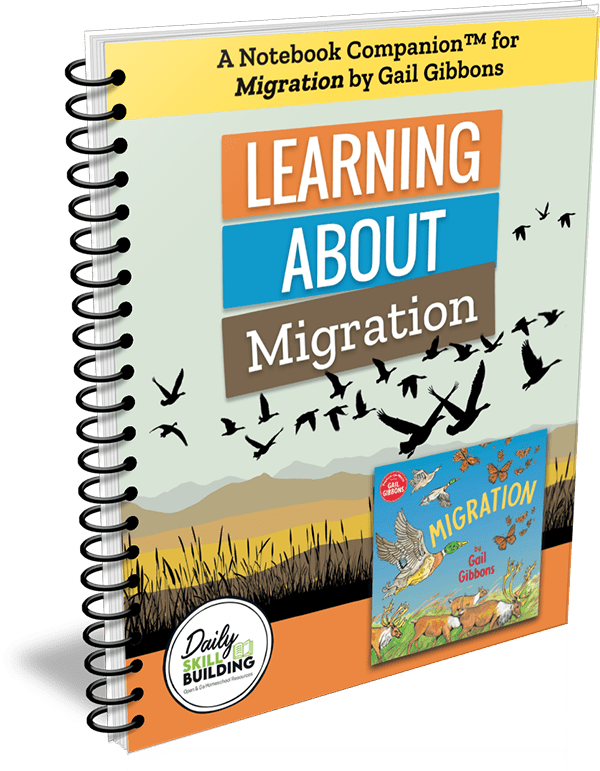
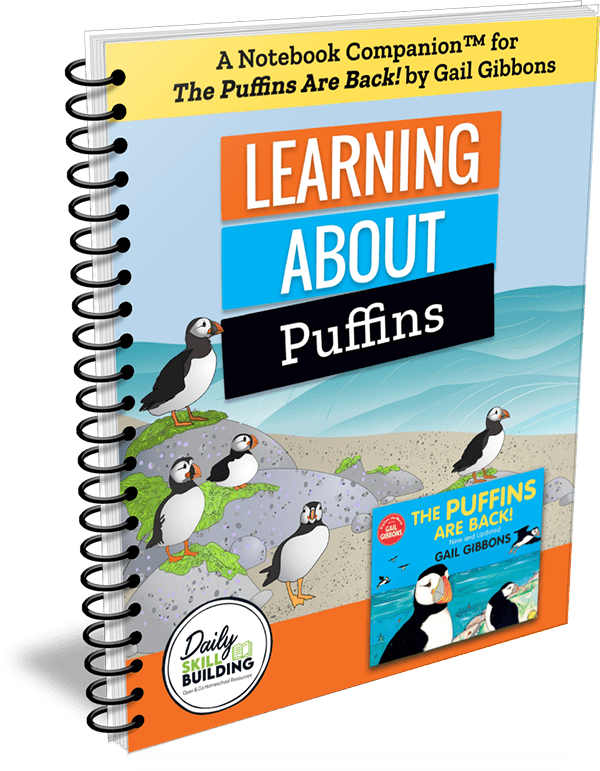
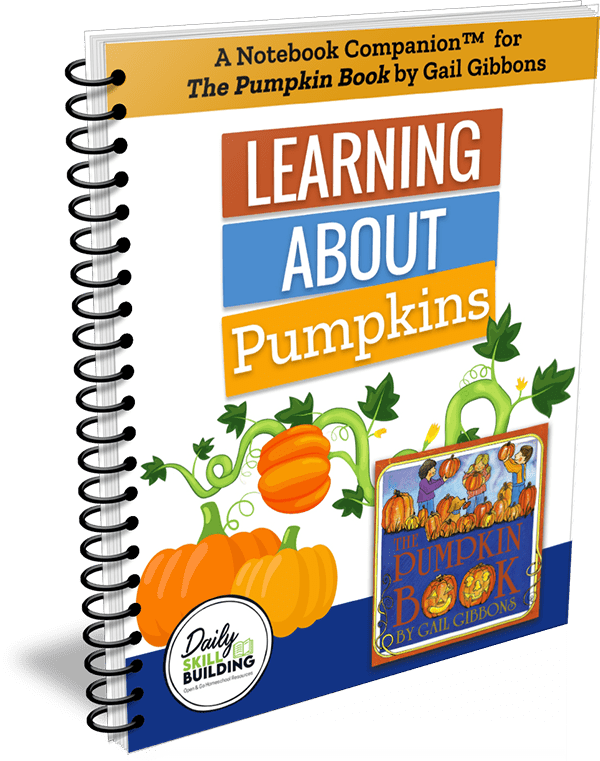
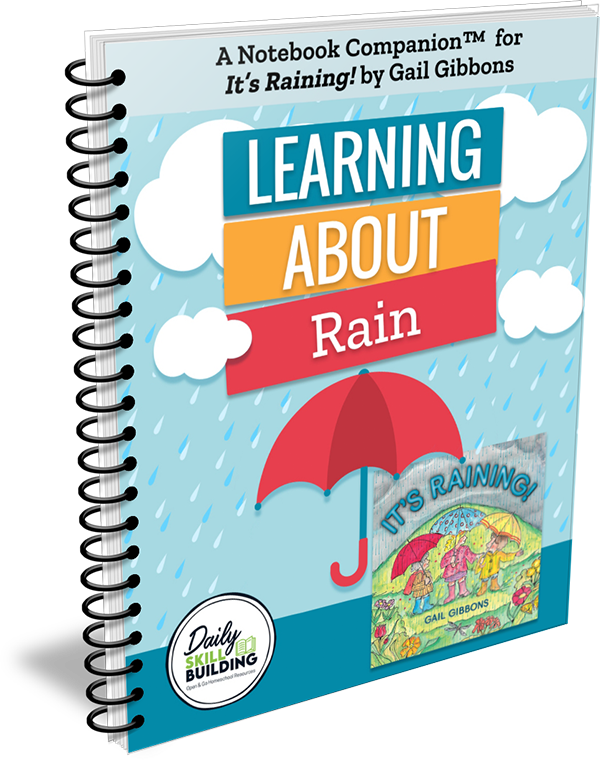
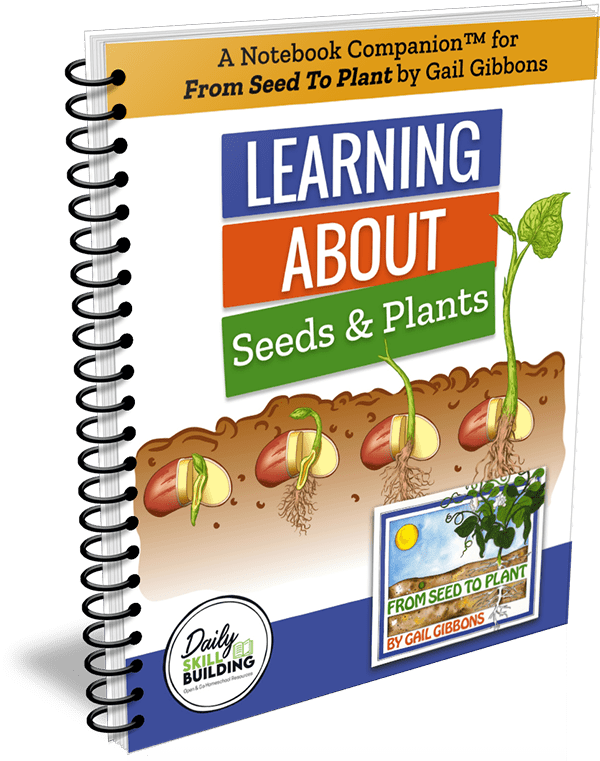
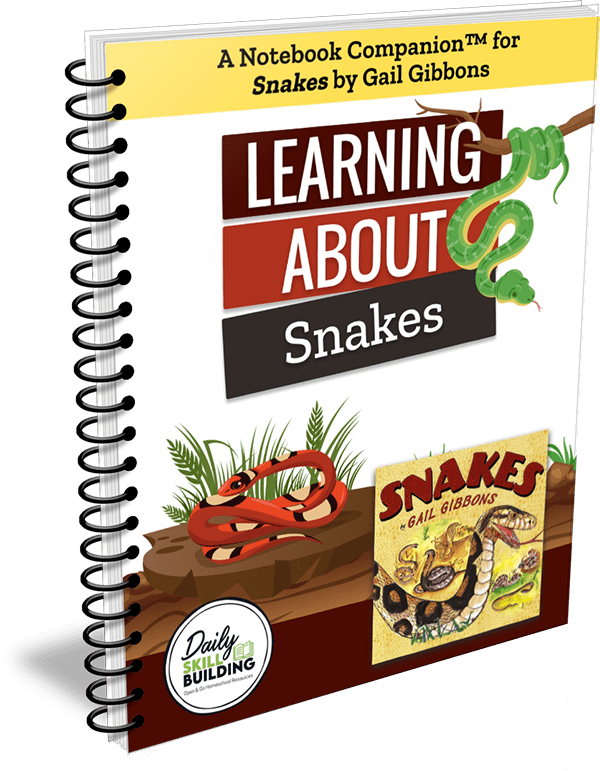
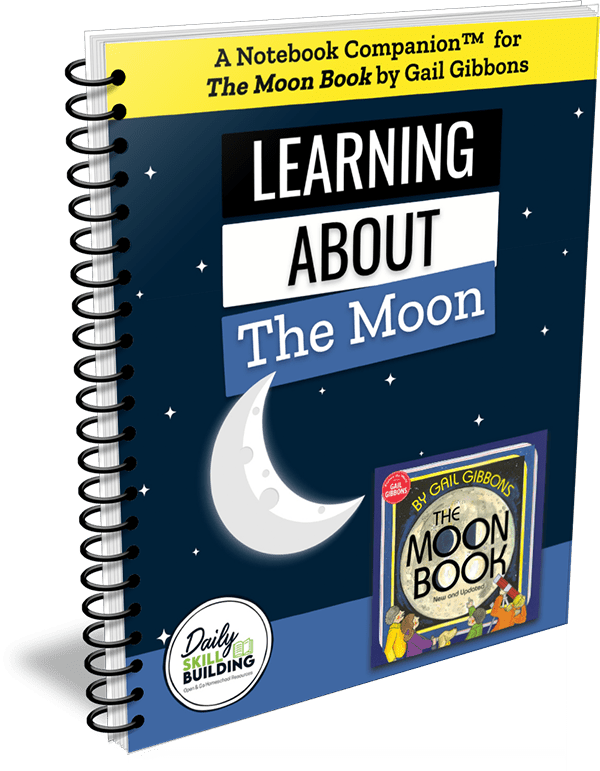
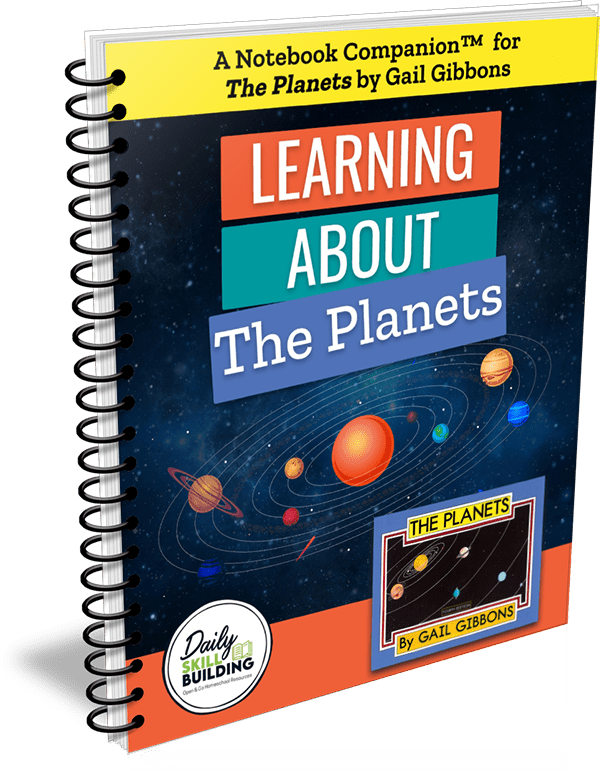
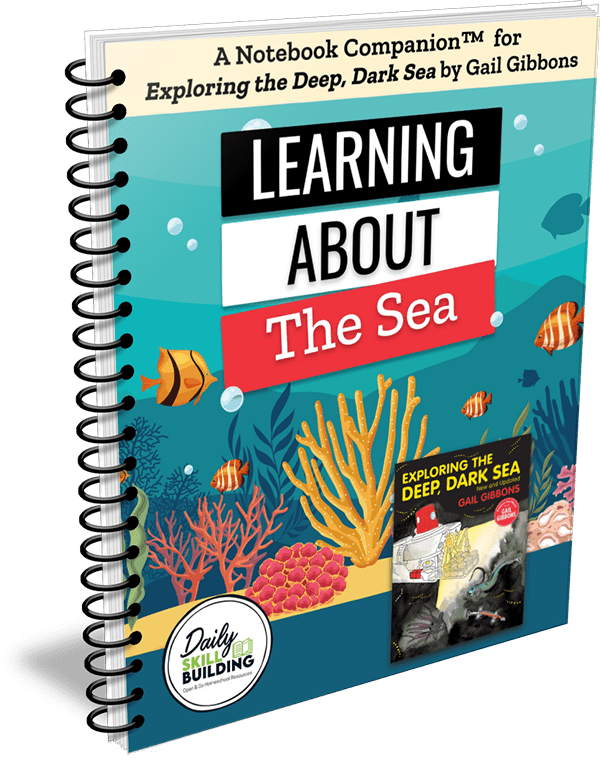
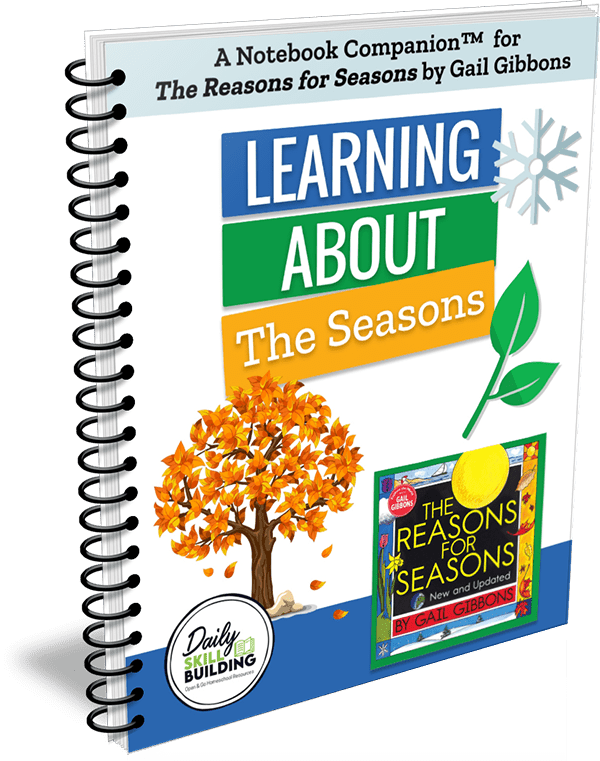
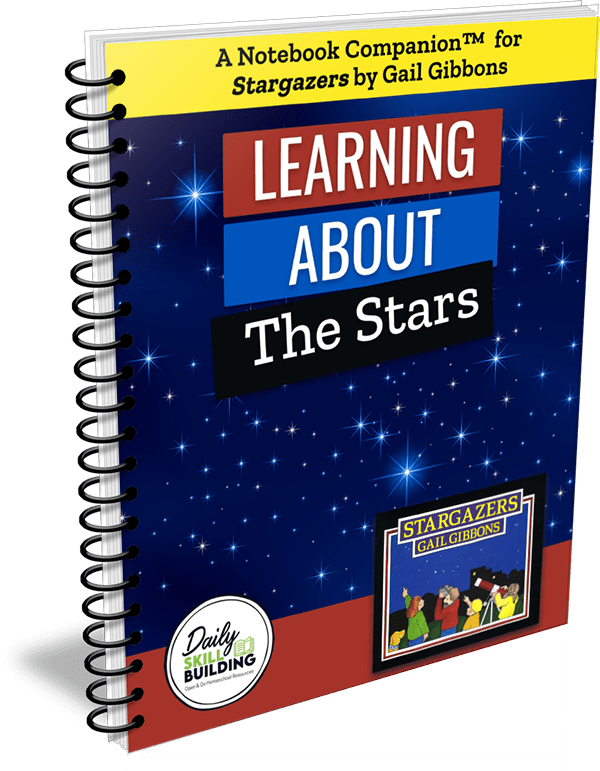
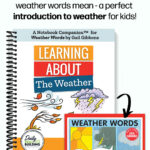
Holly Carter –
My kids and I love these Notebooking Companions. Weather Words and What They Mean is foundational learning to any weather study you are doing. It is targeted for K-3 but I use it at supplemental learning with other curriculum to start at a basic level of learning for my older kids, so they can understand the information simply, then move into deeper concepts. With my younger kids this companion is perfect for their learning abilities and can be used as is. We highly recommend this companion as well as the other Gail Gibbons series on various topics!
Denise Rodriguez –
My daughter has really enjoyed using this Notebook Companion along side her book Weather Words And What They Mean. She loves to draw and there is an area on each page prompting her to draw. The questions follow right along with the book and helps her focus on what she has read. It’s been easy to take on the go. This is geared towards Kindergarten – 3rd grade. My youngest does not write yet, but I have been asking him the questions and writing for him, he then draws the pictures and I label where he shows me to. Highly recommend!
Melanie Zorr –
We are currently learning about different weather with my children. This notebooking companion is great for my beginning reader/writer. She loves looking up how to spell the words and loves finding the answers from Gail Gibbon’s book Weather Words and What they Mean. The notebooking companion allows for ample room to write and draw pictures to help my child understand what we are reading in the book. This is ideally for Kindergarten through 3rd grade, but my preschooler is having fun with dictating to me what she is learning as well. My older students are enjoying reading the books along with us and are willing to help my younger students with how to spell a word or read a question to them. This can be used as a multisubject approach, a unit study, a science unit, or however your children learn best. Loving the books by Gail Gibbons and loving how my younger students are able to practice notebooking along with their older siblings.
Lynn –
This notebook companion to Gail Gibbons’ “Weather Words and What They Mean” will help students to gain a deeper understanding of all the many different weather terms and concepts contained in the book as they revisit them in open ended questions and drawing/sketching activities. The book also taught me a few concepts I did not personally know /understand/realise before, so I also found it interesting (e.g. what air pressure actually is and means, what causes dew/frost). I love learning alongside my children and the notebook companion is a fun and creative way to document their learning! Other topics include temperature, moisture, types of clouds, rain and the different types of rain, thunderstorms, snow, wind, weather conditions, etc. The notebook is open and go and also flexible so can be used with a range of ages/levels (target age range is K-3) and I think it would be great for individual use or for a family study.
Katherine Tanyu –
I do not know about you, but I oftentimes confuse myself with cloud names! Drawing about them would certainly help in making the names stick! I am glad there are drawing spaces in this notebook about this topic. Aside from clouds, there are a lot of other confusing weather words–what is the difference between drizzle, rain, and shower? This 59-page notebook turns Weather Words into a great science curriculum. You and your child can break the short book down and learn all things weather. I like the fun facts portion and am especially curious about the “raining fish and frogs”. There are cute coloring pages at the end to keep little hands busy while at the same time absorbing some weather terminology. I recommend this notebooking companion for elementary students–very basic but packed full of information.